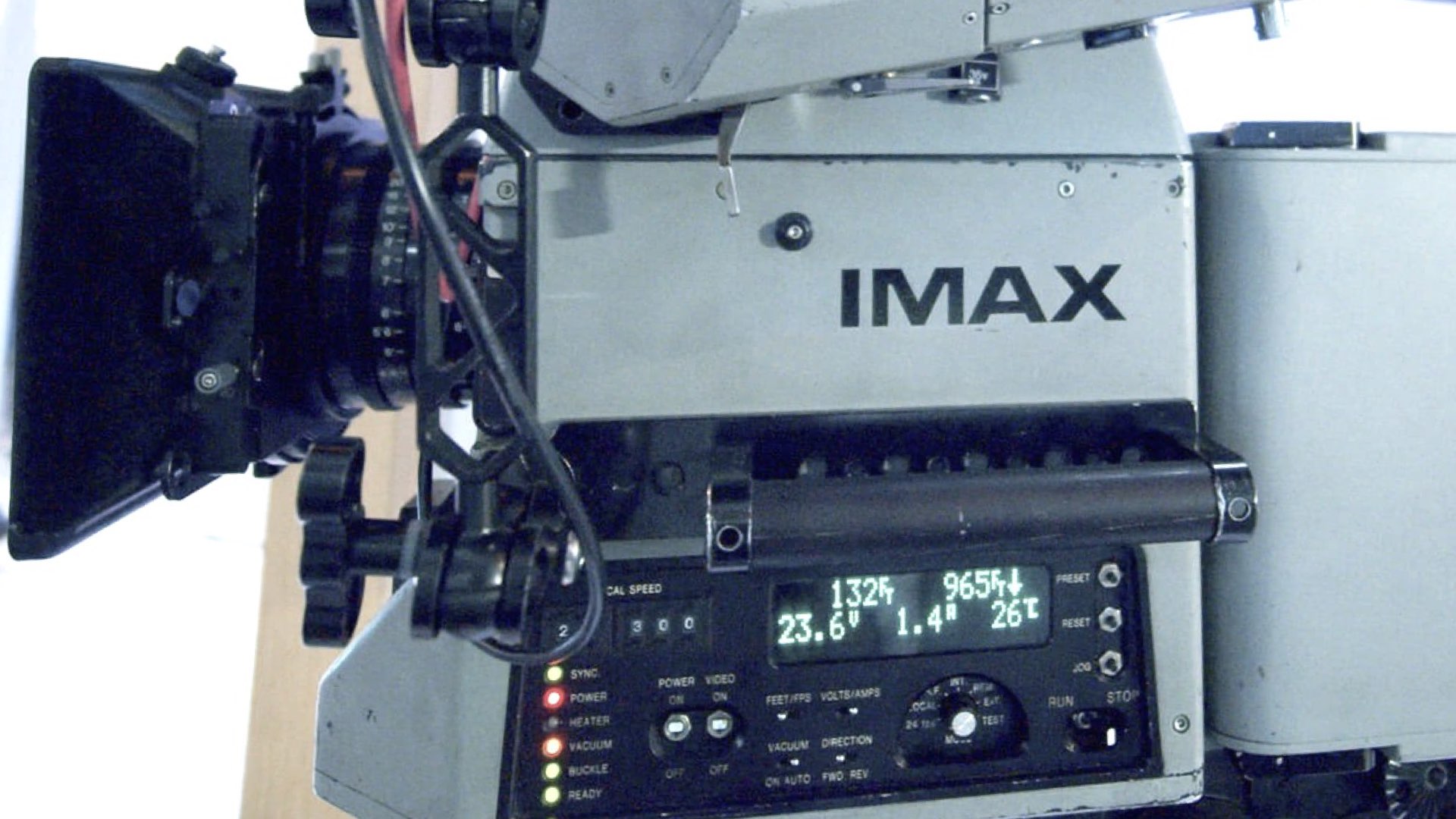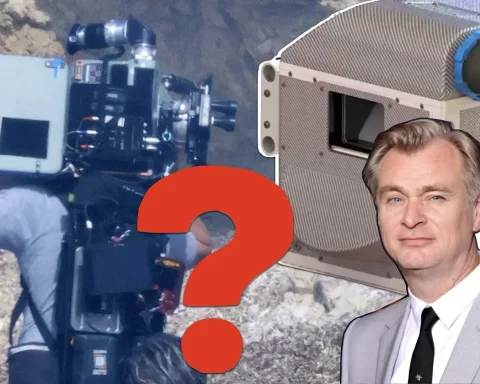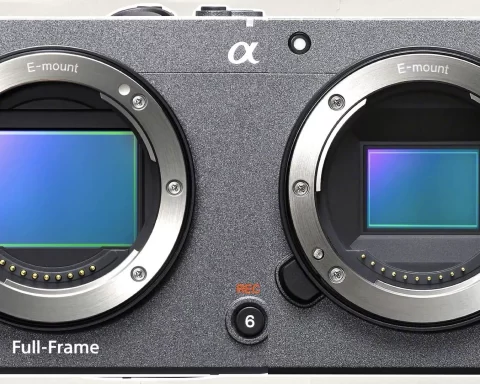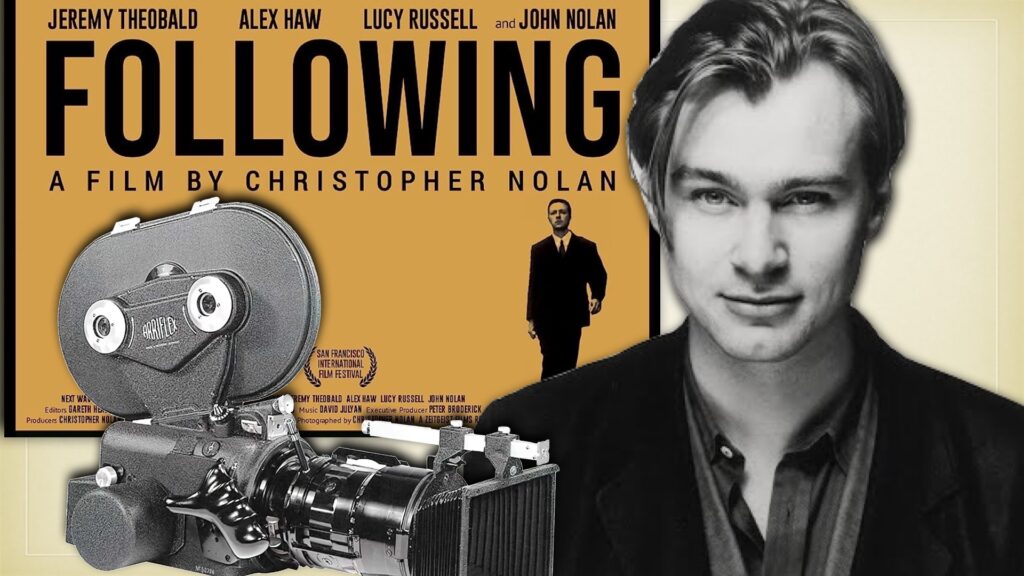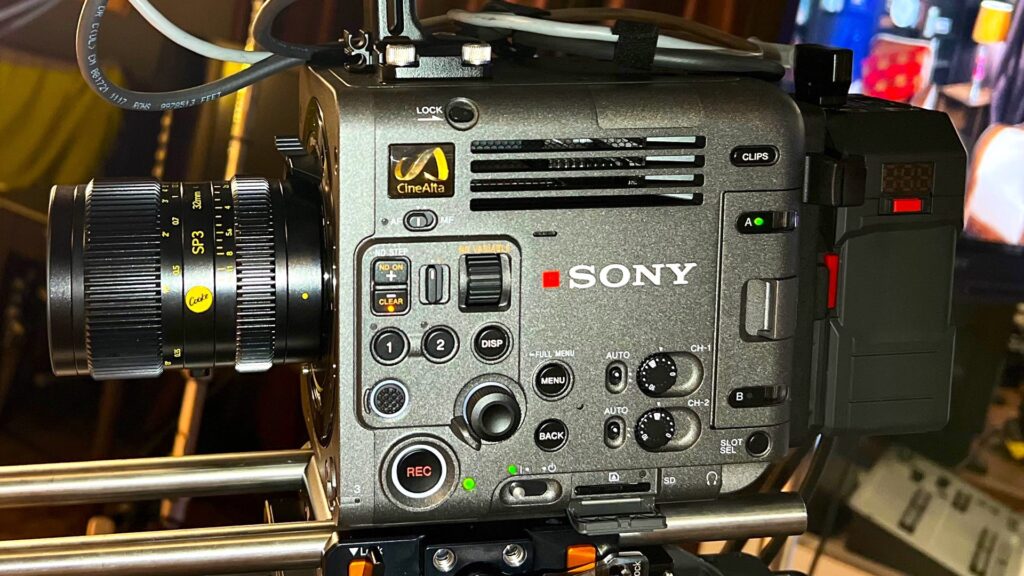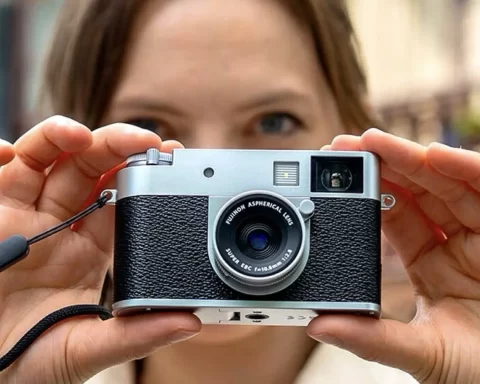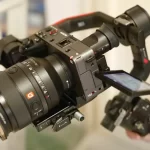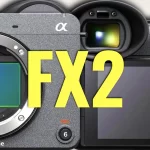IMAX CEO, Richard Gelfond. said at the Goldman Sachs Communacopia Technology Conference that the new 2nd generation of IMAX cameras “should be ready, probably, sometime in 2024” (These cameras were supposed to be ready in 2023). Additionally, Gelfond has elaborated on the ‘Nolan Effect’ and the definition of IMAX. Read the transcript’s highlights below.
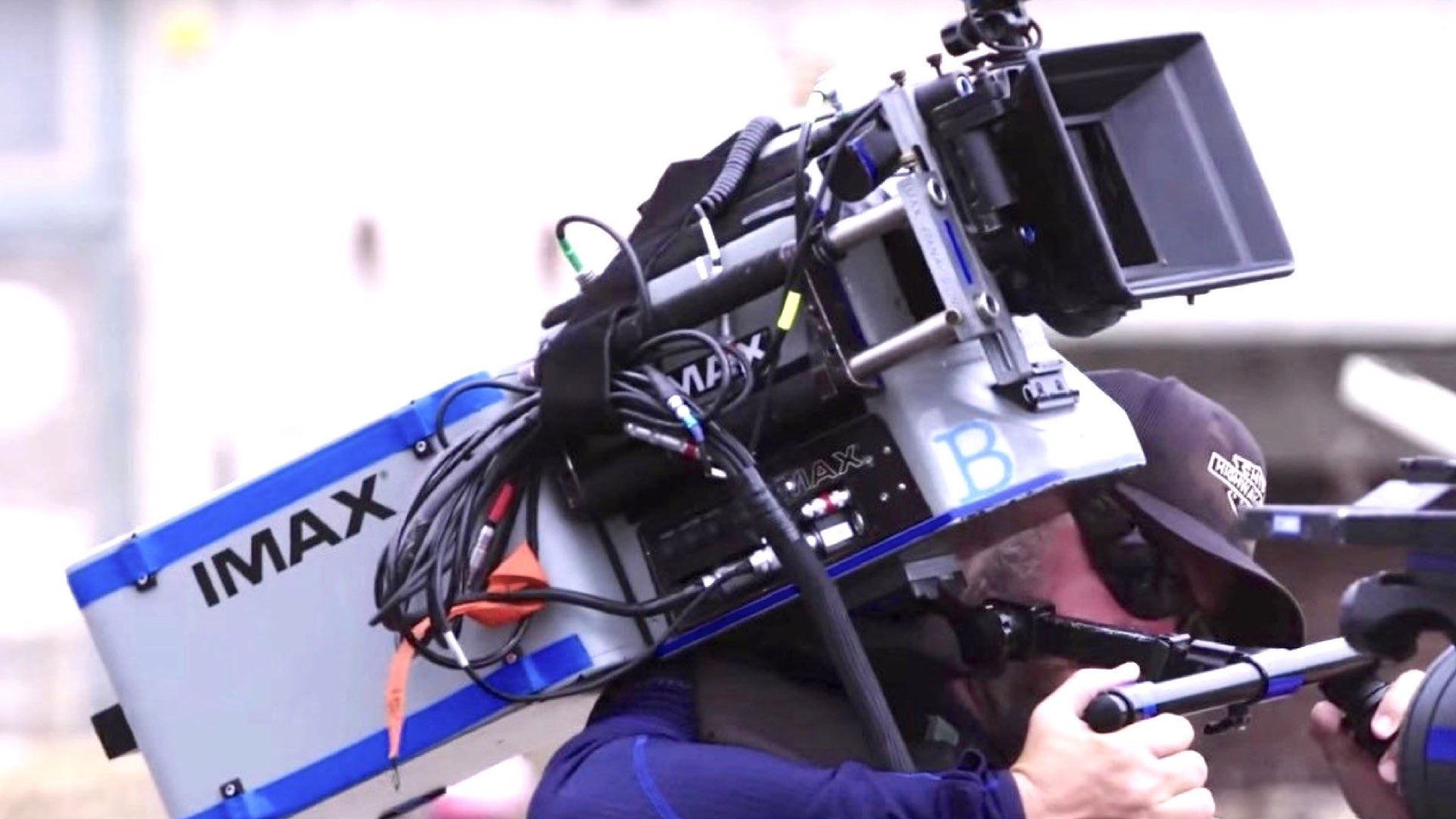
New IMAX film cameras: Postponed to 2024
Unfortunately, the new 2nd generation of IMAX film cameras that were supposed to be released this year, are being postponed to 2024. This new fleet of second-generation IMAX film cameras was announced in March 2022, as stated back then: “In cooperation with Kodak, Panavision, and FotoKem, IMAX will develop and deploy at least four new, state-of-the-art film cameras over the next two years — growing its existing fleet of film cameras by 50% — with the first new camera being put into use by late 2023”. The 2nd generation of IMAX film cameras are being designed to “capture images better and will be easier to use” as stated by IMAX CEO Richard Gelfond, and thus to facilitate the complex process of IMAX filmmaking, and to make it much less cumbersome and intimidating, so other filmmakers than Nolan will use these cameras. However, Gelfond also said, at the recent Goldman Sachs Communacopia Technology Conference, that there’s a delay on the launch of the new fleet as stated: “We’re building four more [IMAX 2nd generation film cameras] of them, that should be ready, probably, sometime in 2024”.
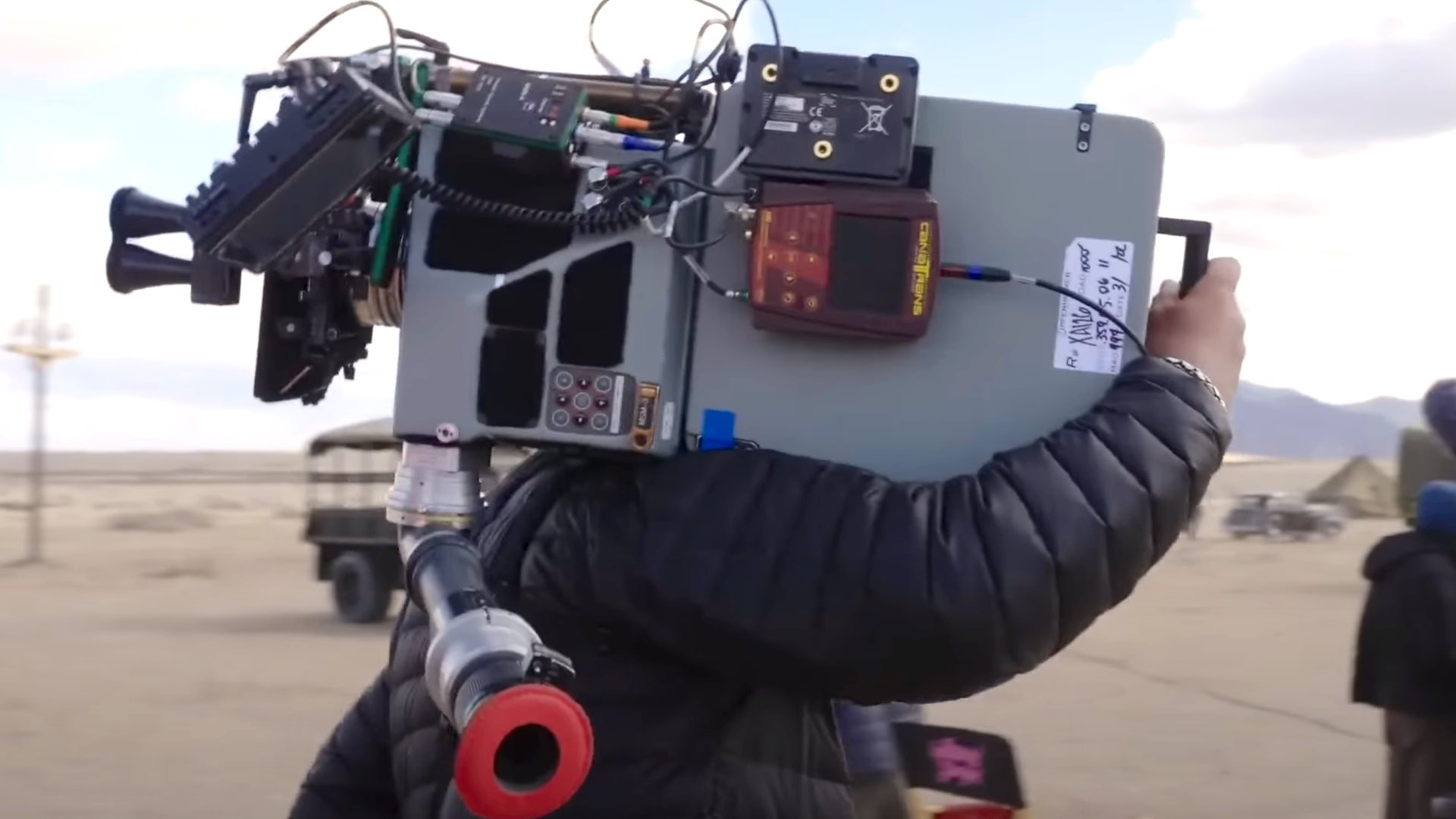
Then we have the digital IMAX cameras, where people film them with a special IMAX attachment to them, in order to get an IMAX-type image.
Richard Gelfond – IMAX CEO
IMAX CEO: “We are unicorn”
Gelfond also talked about the IMAX definition, and for the first time, defined the business by saying: “IMAX is not like an exhibitor at all. IMAX is a technology company, and we license this technology to studios, filmmakers, and exhibitors. We don’t sell popcorn. We’re really different. We provide experience, not movies. We work with filmmakers, so the biggest movies in the world want to be screened at IMAX. We are unicorn”. Gelfond also added regarding the filmmakers’ side and the Nolan Effect: “Some studios approach us and ask if they can do a ‘film version’ to be released in IMAX film theaters. Also, I’m going to L. A about filming an epic blockbuster with IMAX cameras, and I got a call from a famous filmmaker that he wanted to shoot his next movie on IMAX cameras. Maybe we should call it, instead of the Oppenheimer Effect, the Nolan Effect. It’s not just the cameras. In Oppenheimer, yes it has the bomb sequence, but it is based mainly on dialogs. You will not say that this kind of movie does well in an IMAX, but it was. Chris is a master in storytelling, and he knows how to use IMAX cameras, and turn those cameras into a global phenomenon.
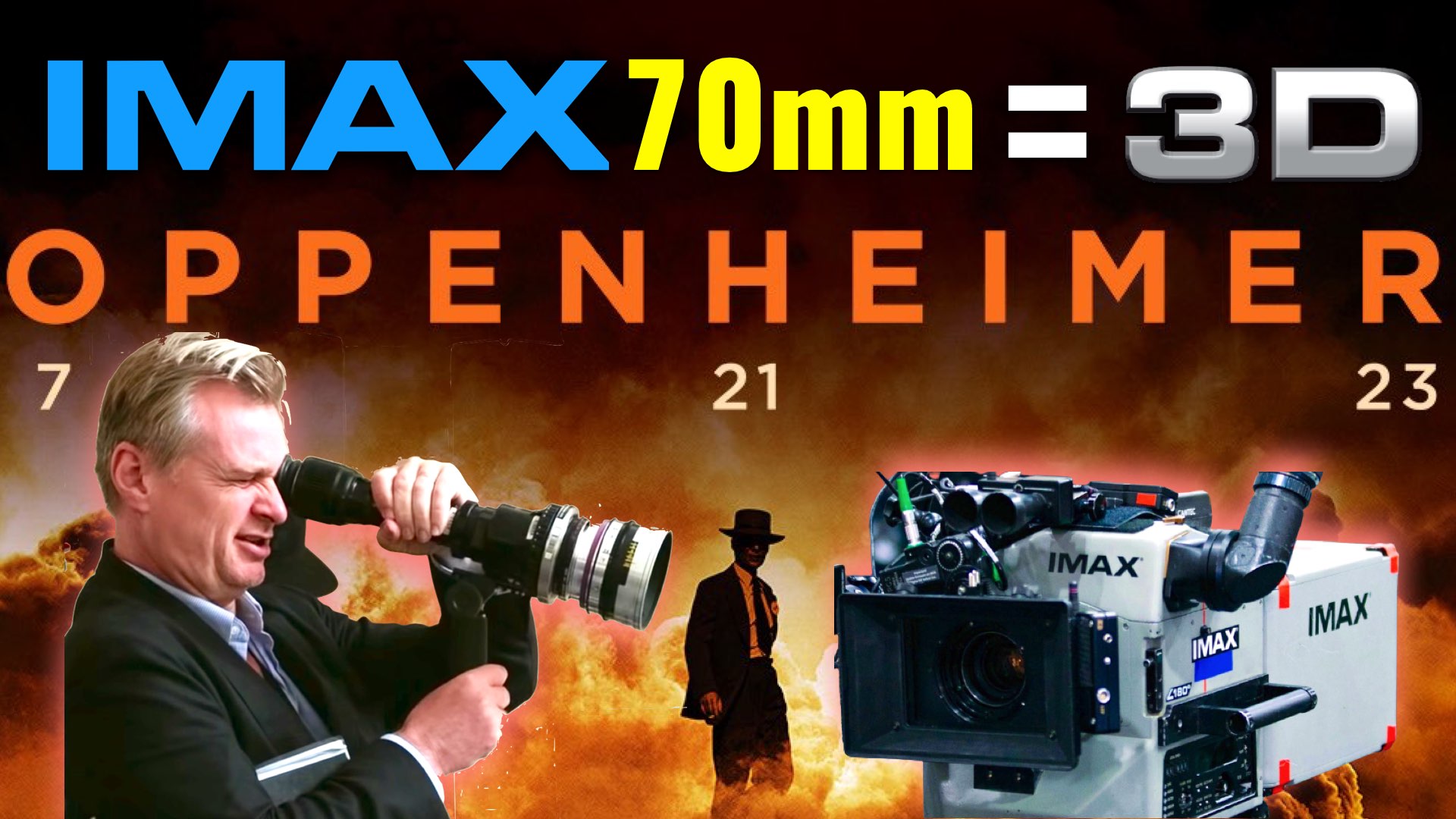
We’re building four more [IMAX 2nd generation film cameras] of them, that should be ready, probably, sometime in 2024.
Richard Gelfond – IMAX CEO
The “IMAX attachment”
Furthermore, Gelfond also elaborated on the IMAX business model regarding the cameras, inducing Filmed for IMAX program (IMAX certified cameras): “We sell our equipment and get a small license fee, or we give our equipment and we get a bigger license fee. In terms of cameras, we announced that we build four more film cameras. You can get an IMAX film in three ways. One, it can be a regular film, and for that, we have our proprietary algorithms that translate them into IMAX films (conversion technology). Then we have the digital IMAX cameras, where people film them with a special IMAX attachment to them, in order to get an IMAX-type image. We developed a way to use a variety of digital cameras”. The last sentence is very intriguing since we don’t know a lot about this mysterious ‘IMAX attachment’. We wonder if this ‘IMAX attachment’ was attached to the Sony FX3 that shot The Creator. If so, almost every digital full-frame consumer camera can be transformed into an IMAX camera. Let us know your thoughts about that.

